Nepal is a place where mountains rise like living spirits and rivers hold the memory of old stories. It sits between India and Tibet, where many beliefs meet and blend. Hindu gods, Buddhist guardians, and local nature spirits are all part of daily life. Spirituality here is not distant or hidden. It is present in the land and in the way people speak, pray, celebrate, and remember.
For centuries, stories were shared by word of mouth. Elders, travelers, and monks passed them on during festivals, at home, or while resting on mountain trails. These stories were a way to teach respect for nature, care for family, and awareness of the unseen world.
Mythical creatures in Nepal are seen as guides, protectors, and reminders. They represent the power of nature and the values that shape community life. They are symbols of balance, caution, courage, and respect.
Why Are Mythical Creatures Important in Nepalese Culture?
Mythical beings in Nepal play an important role in teaching values. Their stories encourage kindness, honesty, and respect for elders. They warn against selfishness and remind people to think about how their actions affect others.
Many of these creatures are seen as guardians of place. The Yeti watches the high mountains. The Naga protects rivers and water sources. The Lakhey guards neighborhoods and festival grounds. These beliefs help people remember that the land is alive and that it deserves care.
Cultural & Religious Origins of Nepali Mythic Creatures
Nepal’s myths come from a mix of Hindu, Buddhist, Tibetan, and Indigenous traditions.
Hindu Influence
In Hindu stories, gods sometimes appear in animal or human form to protect the world. Garuda, a great bird, represents courage and truth. The lion guardian, known as Singha, symbolizes protection and rightful power.
Buddhist & Tibetan Influence
Buddhist traditions teach about peaceful and protective spirits. In the high mountains, travelers speak of guardian beings who watch over sacred paths and remote villages.
Indigenous and Animist Traditions
Before temples and scriptures, many believed that rivers, forests, and stones had spirits. Some families still offer grains, flowers, or silent prayers to these unseen presences.
The Himalayas as Living Spirits
The Himalayas are viewed as ancient guardians. Their peaks are considered sacred spaces where the human and divine meet. To look at the mountains is to feel connected to something larger than oneself.
Major Nepalese Mythical Creatures and Their Stories
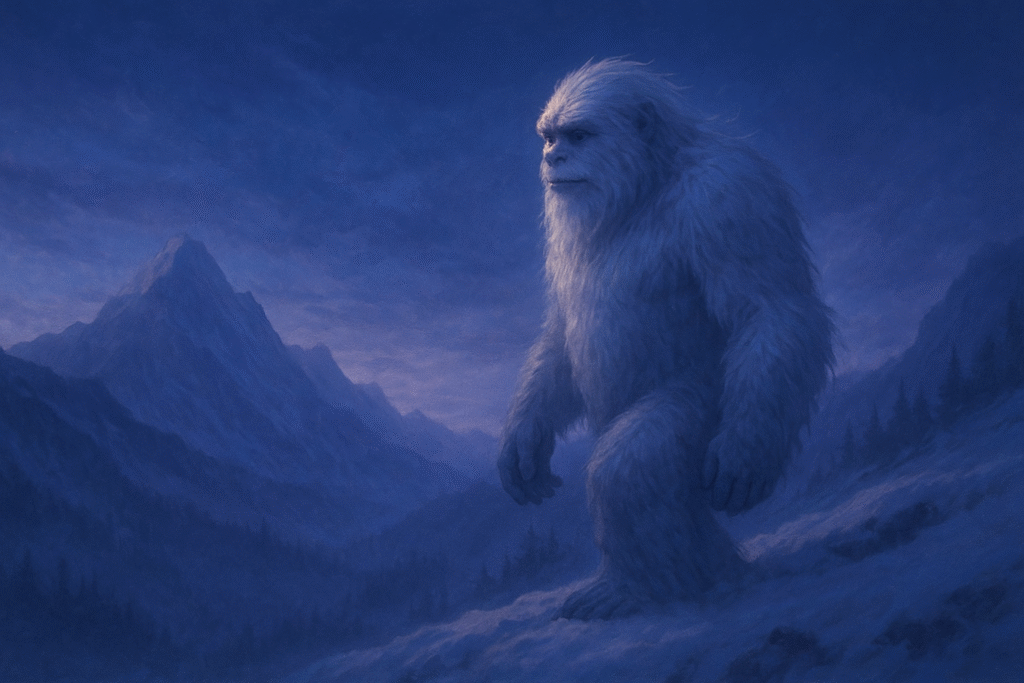
The Yeti (Meh-Teh)
The Yeti is said to live in the snowy highlands. In Sherpa tradition, it is not a monster. It is a guardian of the mountains. Stories tell of footprints appearing overnight or travelers sensing a presence watching them. The Yeti represents the strength and mystery of the wild.
Lakhey
Lakhey is known in the Kathmandu Valley. He is said to have once been a fearsome spirit who later chose to protect the people. During the Indra Jatra festival, dancers wearing Lakhey masks run through the streets to drive away harm. Lakhey shows that even chaotic forces can become protectors.
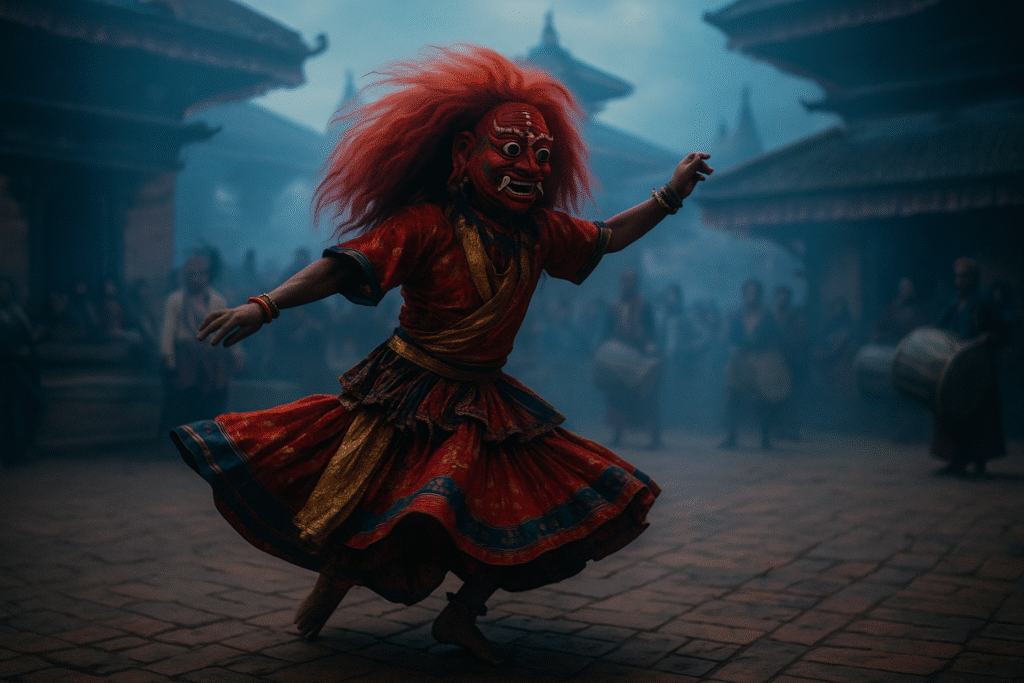
Majipa Lakhey
Majipa Lakhey watches over children in Kathmandu’s older neighborhoods. During festivals, he moves with slow, careful steps instead of wild motion. His presence teaches that protection can be gentle.

Khyah
Khyah is a round, hairy spirit believed to live in houses and temples. In peaceful homes, Khyah is friendly. In troubled homes, it may cause mischief or illness. This spirit reminds families to care for their relationships.

Naga
The Naga are snake spirits linked to rivers, rainfall, and fertility. During Naga Panchami, families offer prayers asking for water, health, and protection. The Naga symbolizes the importance of respecting natural resources. Where there is clean water, there is life.
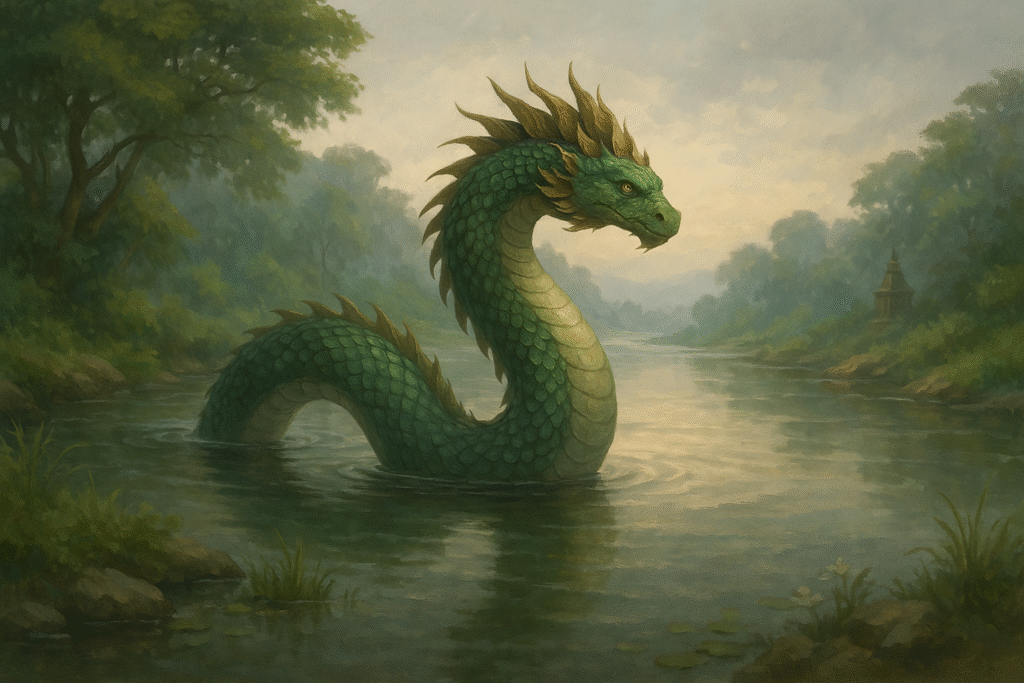
Bhut, Pret, and Chhauda
These spirits are believed to be souls caught between life and death. Their stories encourage people to live with honesty, fulfill responsibilities, and honor their ancestors.

Garuda
Garuda is a divine bird and a symbol of courage. He is honored for protecting against harmful forces. Garuda statues in temples remind people to rise above fear.
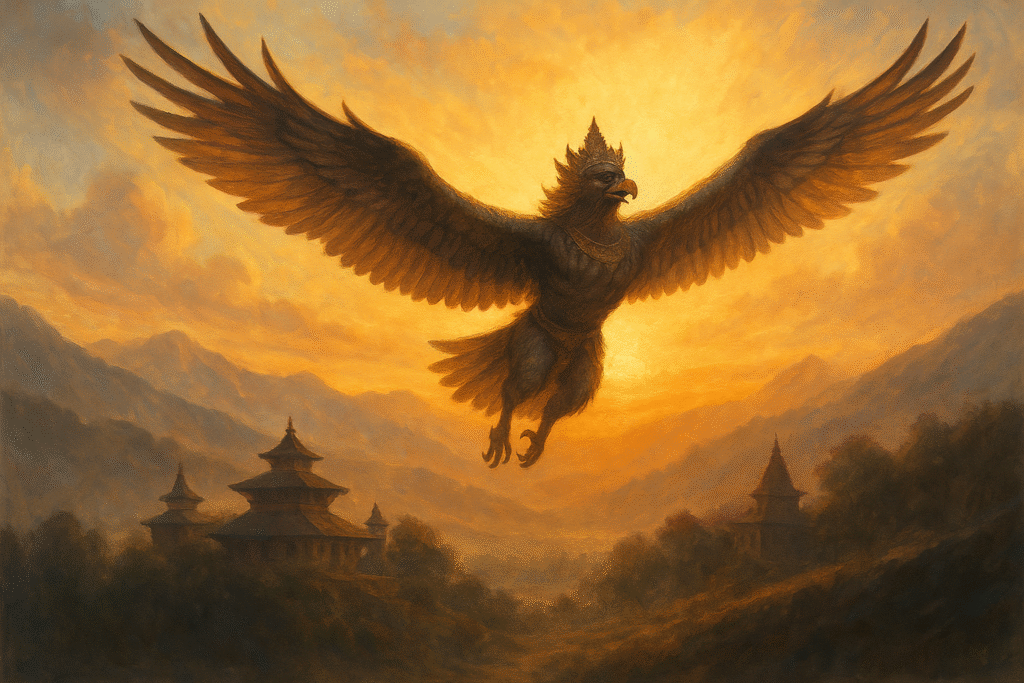
Singha
Singha, the stone lion guardian, stands at the gates of temples and palaces. It represents purity and rightful order. Passing beside it is a reminder to move with respect.
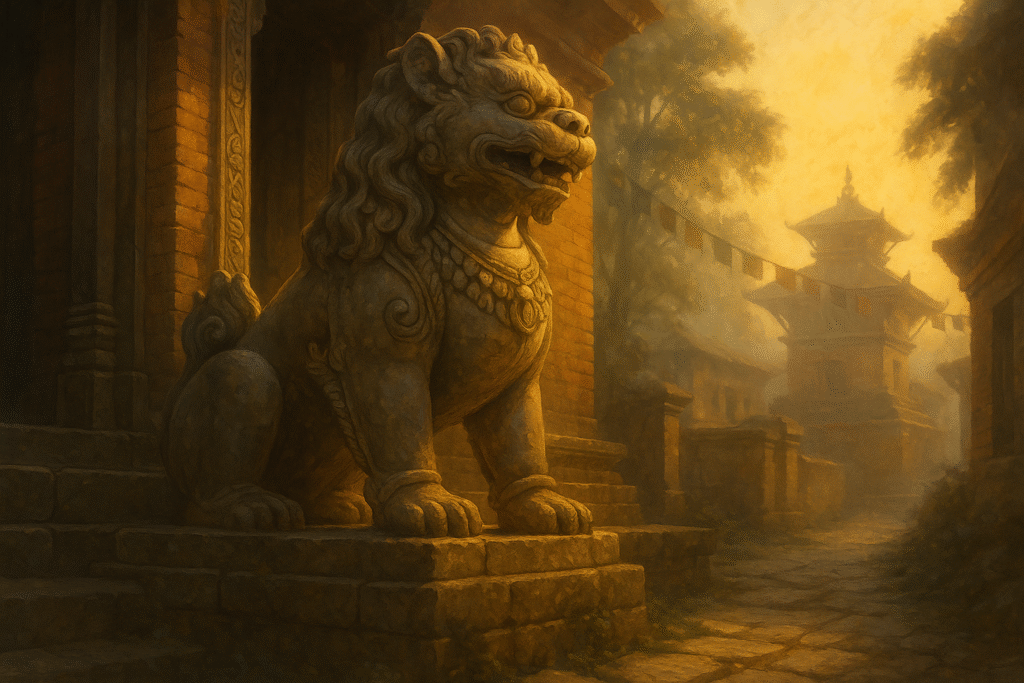
What Do These Creatures Symbolize in Nepalese Beliefs?
| Creature | Symbolism | Lesson |
| Yeti | Power of wilderness | Respect nature |
| Lakhey | Protection shaped from chaos | Strength can serve good |
| Naga | Water and growth | Care for the earth |
| Bhut/Pret | Unresolved karma | Live with honesty and heart |
These beings express the idea that the world responds to human behavior. Balance comes from care, humility, and awareness.
Regional Variations in Myth and Belief
- Himalayan Highlands: Stories of the Yeti reflect respect for the mountains.
- Kathmandu Valley: Dances and masks bring spirits like Lakhey and Khyah into living tradition.
- Terai and River Plains: Naga worship connects communities to water and agriculture.
- Tibetan Borderlands: Wrathful protector spirits guard sacred spaces and travelers.
Across Nepal, the stories differ, yet they share one truth: the world is alive, and every place has its guardian.
Related Reading
If you enjoyed learning about Nepalese mythical beings, you may also like:
- Most Fascinating Indian Mythical Creatures Revealed
https://mythicalgodsandcreatures.com/most-fascinating-indian-mythical-creatures-revealed/ - Exploring Chinese Mythical Creatures in Art: A Visual Journey https://mythicalgodsandcreatures.com/chinese-mythical-creatures-in-art/
